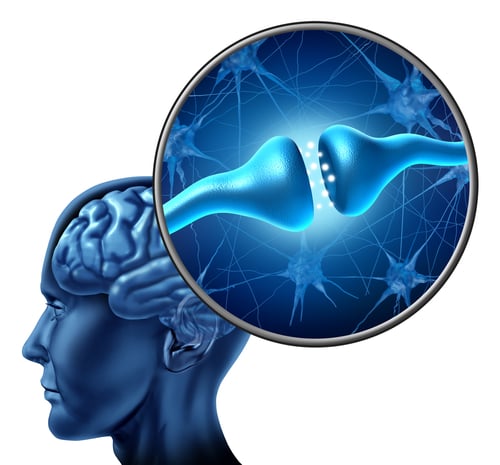“Perinatal hypoxia-ischemia remains the single most important cause of brain injury in the newborn, leading to death or lifelong sequelae.
Because of the fact that there is still no specific treatment for perinatal brain lesions due to the complexity of neonatal hypoxic-ischemic pathophysiology, the search of new neuroprotective therapies is of great interest.
In this regard, therapeutic possibilities of the endocannabinoid system have grown lately.
The endocannabinoid system modulates a wide range of physiological processes in mammals and has demonstrated neuroprotective effects in different paradigms of acute brain injury, acting as a natural neuroprotectant.
Concerning perinatal asphyxia, the neuroprotective role of this endogenous system is emerging these years.
The present review mainly focused on the current knowledge of the cannabinoids as a new neuroprotective strategy against perinatal hypoxic-ischemic brain injury.







